Creativity is a pretty mysterious and multifaceted phenomenon if you ask me. From a spark of inspiration to a novel idea, it is the fuel behind the arts, sciences, and everyday problem-solving. But what goes on inside our brains when we're being creative? Smart people in the field of neuroscience provide fascinating insights:
What is Creativity?
Creativity can be broadly defined as the ability to produce something both novel and valuable. It is not limited to artists, writers, or musicians; it's apparent in the way we solve unexpected problems, come up with novel solutions, or even craft a witty retort.
Neuroscience of Creativity
Traditionally, the right hemisphere of the brain was considered the creative hub. This idea stemmed from observing stroke patients with left-brain damage who retained artistic abilities¹. However, modern research paints a more complex picture. It's now understood that various regions across both hemispheres play a role, depending on the type of creative task.
1. Default Mode Network (DMN) and Executive Network
These two networks are crucial for creative cognition. The DMN, active when our minds wander, is involved in daydreaming, envisioning the future, and reflecting on oneself². It aids in generating novel ideas. On the other hand, the Executive Network, engaged during tasks requiring attention, helps evaluate and refine those ideas.
An interesting dance between these networks occurs during creativity. Initial brainstorming might activate the DMN, but as we refine and assess the feasibility of an idea, the Executive Network jumps in³.
2. Divergent and Convergent Thinking
Creative thinking often involves both divergent thinking (coming up with many possible solutions) and convergent thinking (finding the single best solution to a problem). A study using fMRI scans found that these thinking types involve distinct neural pathways⁴.
3. The Role of the Temporal Lobe
The temporal lobe, especially the anterior superior temporal gyrus (aSTG), has been linked to moments of insight or the “Aha!” moments. An EEG study showed a burst of high gamma activity (indicating neural binding) in the aSTG about 300 milliseconds before participants experienced an insight⁵.
Factors That Enhance Creativity
1. Dopamine and the Brain
The neurotransmitter dopamine, associated with pleasure, reward, and motivation, plays a role in creativity. High levels of dopamine in the striatum (a part of the brain) can enhance cognitive flexibility and divergent thinking⁶.
2. Mindfulness and Meditation
Mindfulness practices can positively impact the brain's creativity centers. A study showed that regular meditation increases the connectivity between the DMN and the Executive Network, aiding in the seamless integration of idea generation and refinement⁷.
3. Brain Plasticity
Our brains are malleable, adapting in response to learning and experiences. Engaging in creative activities can further boost this neuroplasticity. For instance, musicians show enhanced connections in regions linked to auditory processing⁸.
In Conclusion
Isn’t that fascinating?! Creativity is a vast and intricate tapestry of cognitive processes, interwoven with our story, our emotions, experiences, and the very structure of our brains. As we continue to unravel the mysteries of the mind, one thing is clear: creativity is not the sole domain of a select few but a universal human ability, deeply rooted in our neural architecture.
My course, The Art Within, has an entire section called Mindset School that taps into the science of flow state to help you create your best original work. Check it out!
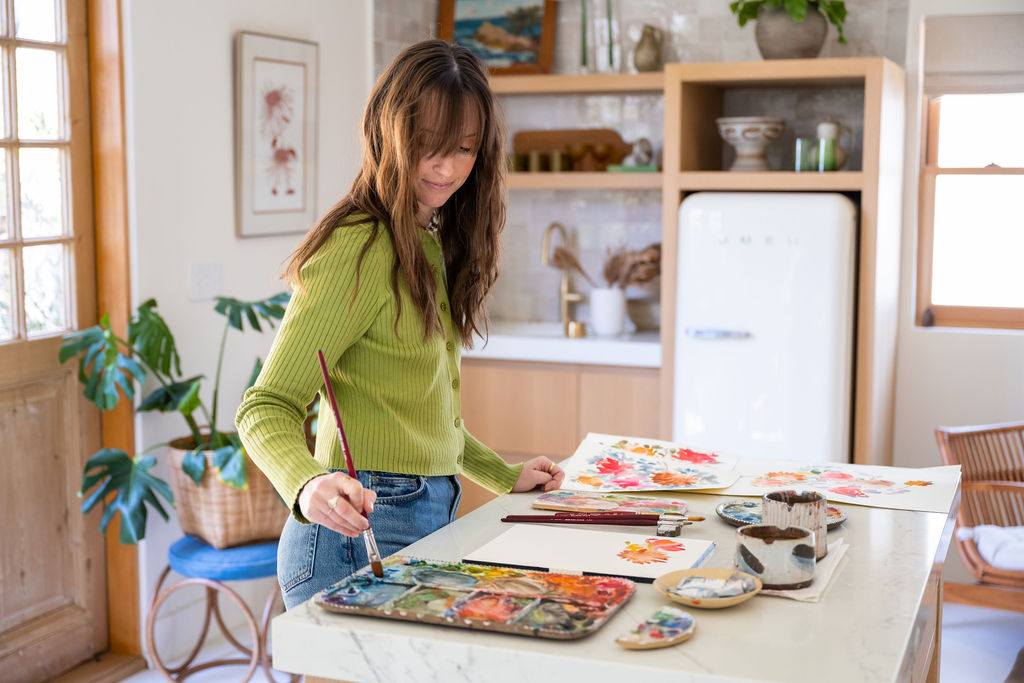
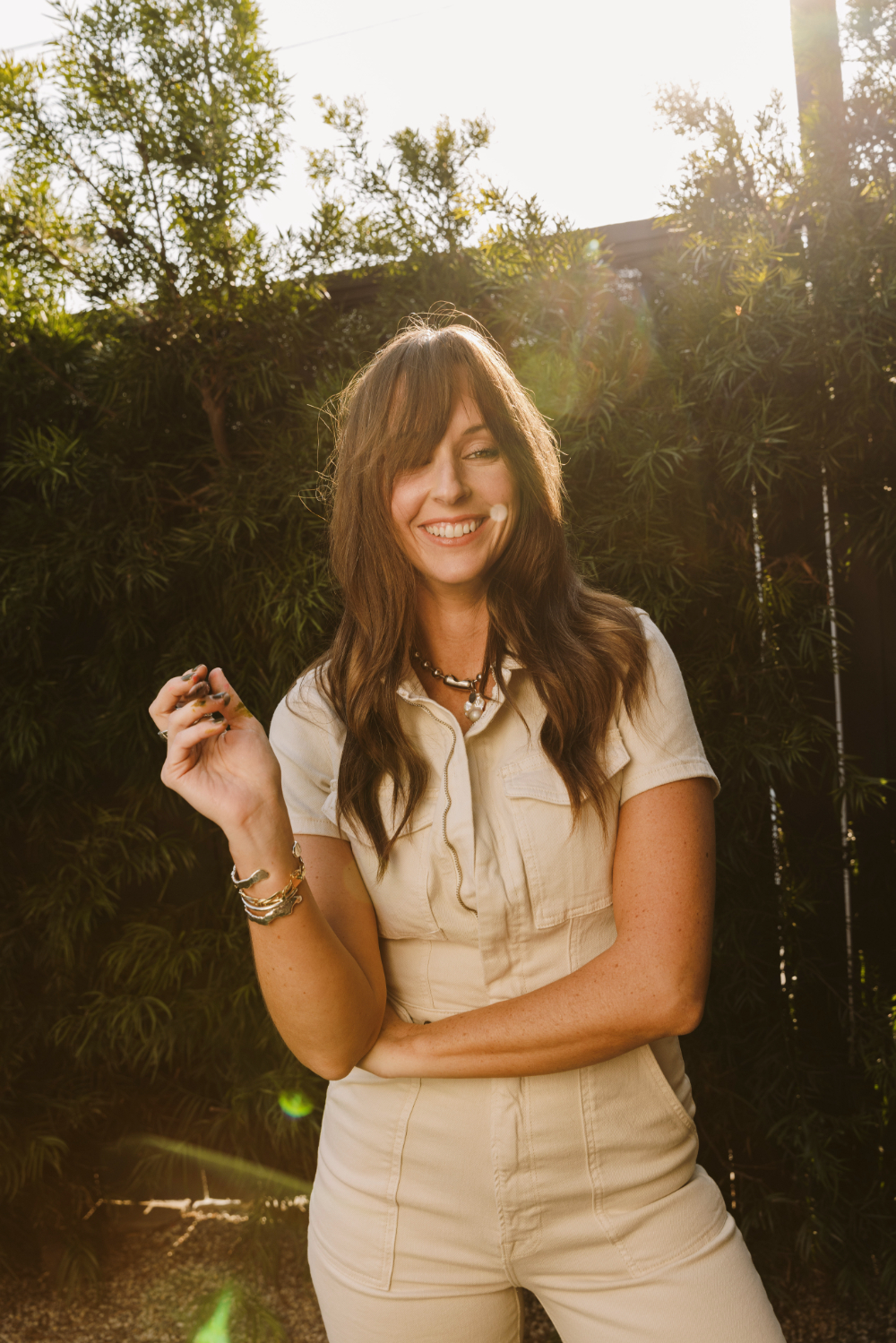
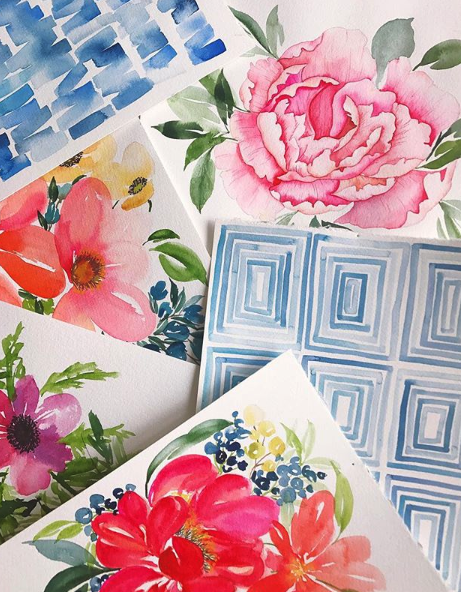


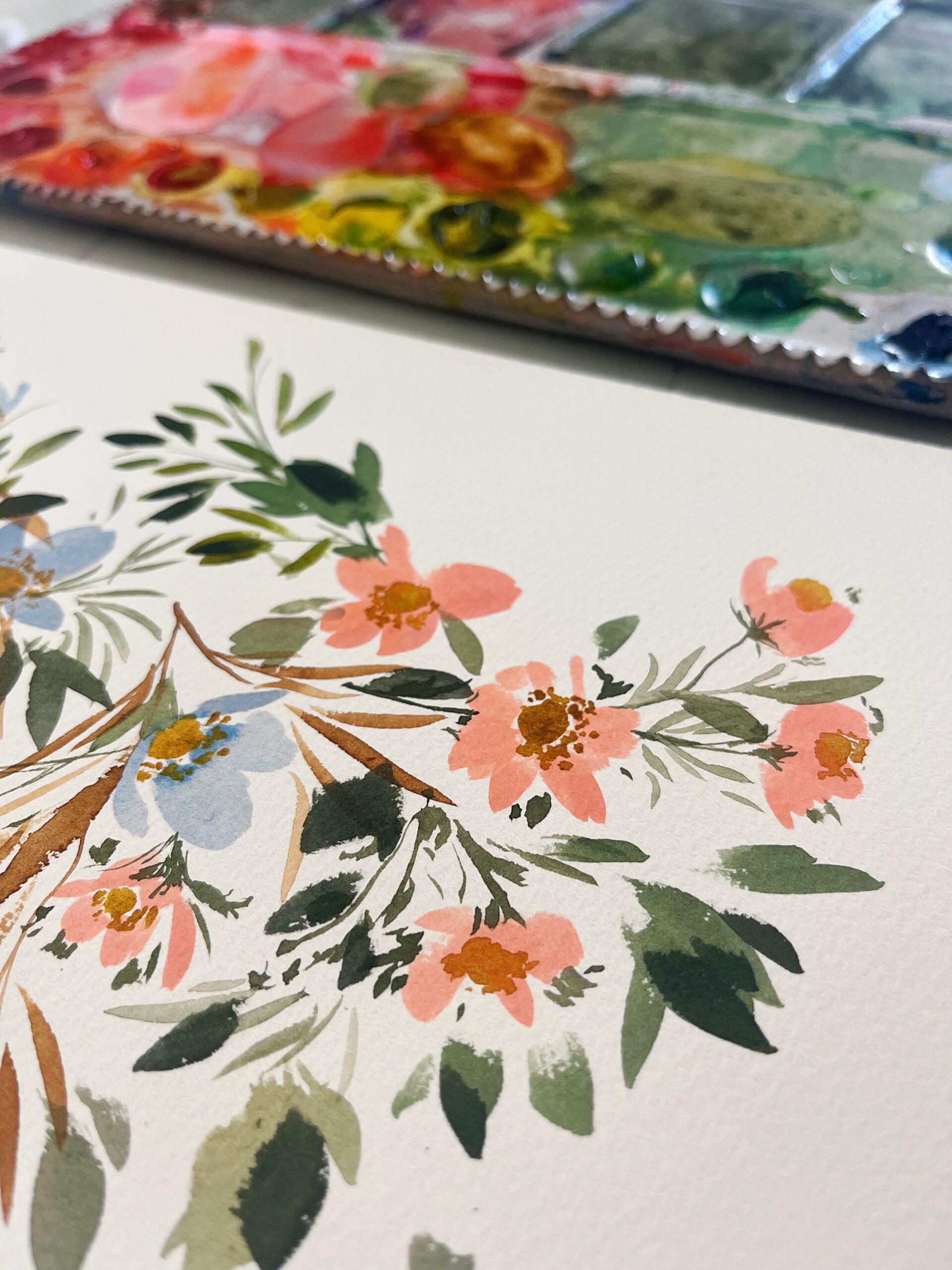
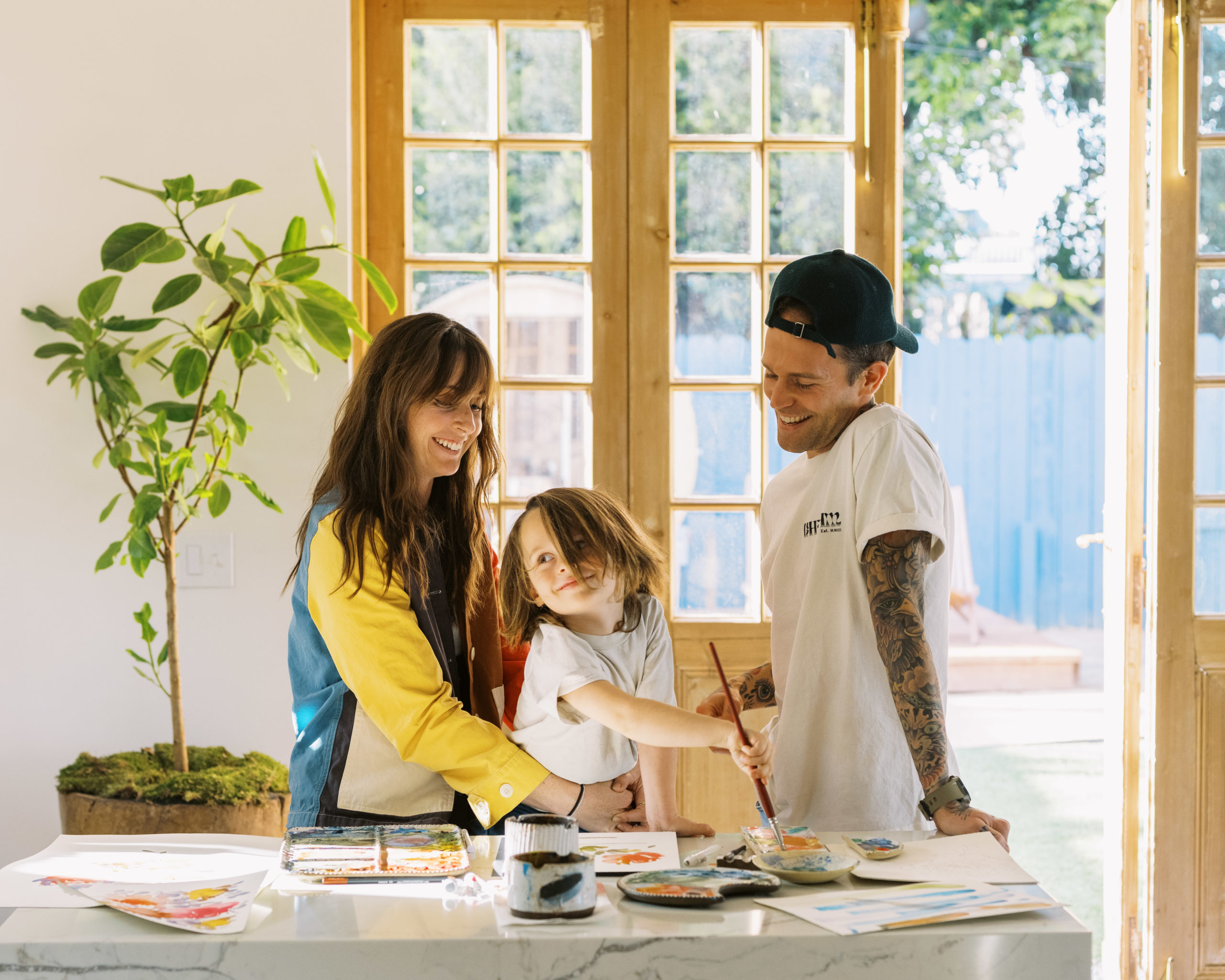

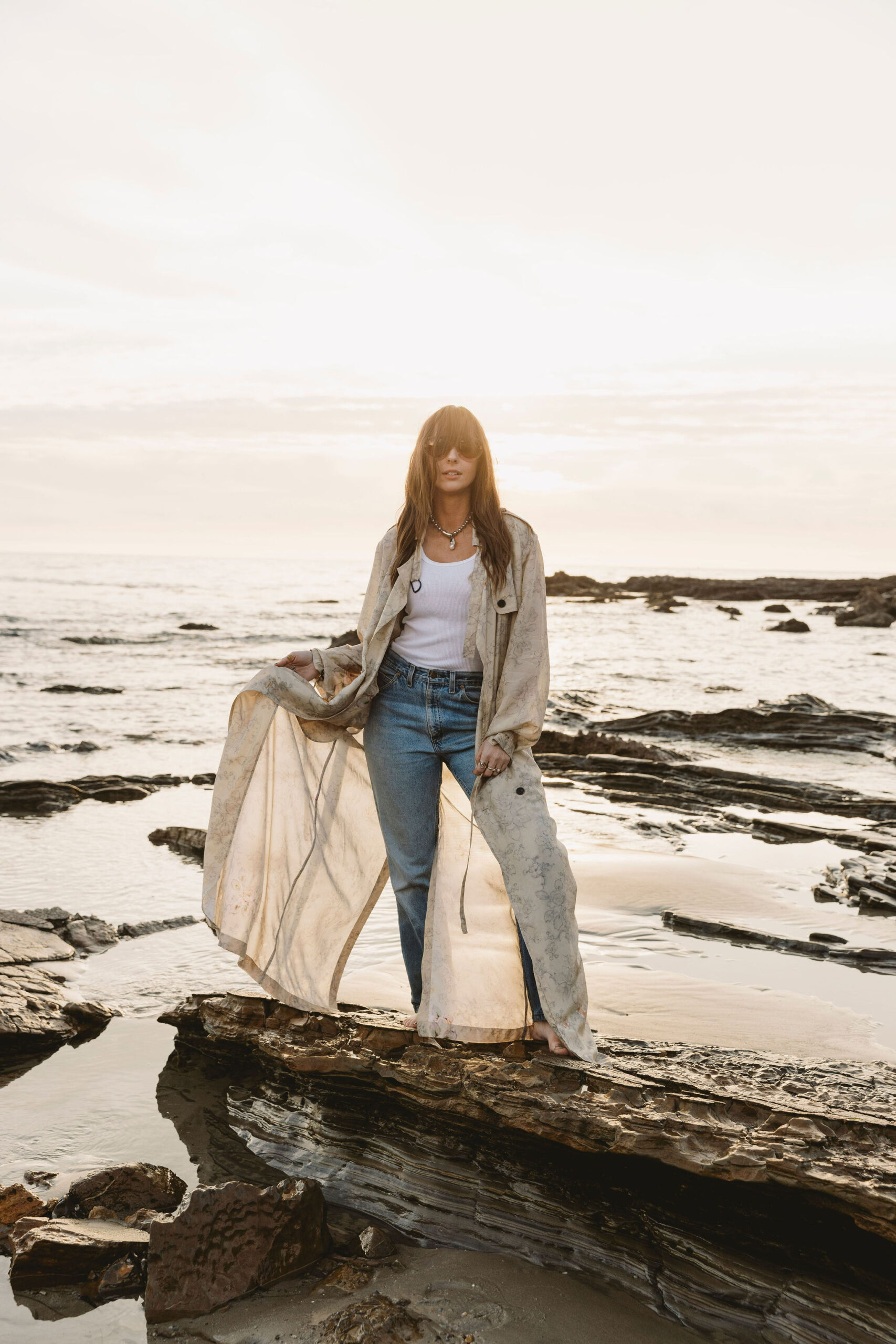

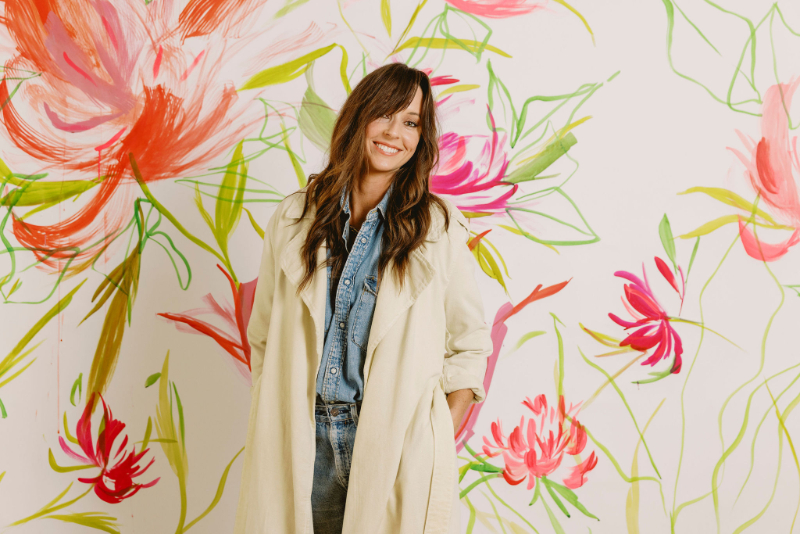




I love the information and insights you share on your blog, courses and YouTube. It’s helpful to know what’s actually happening in the brain instead of just relying on your “feelings at the moment” because they can sabotage us! Thank you!